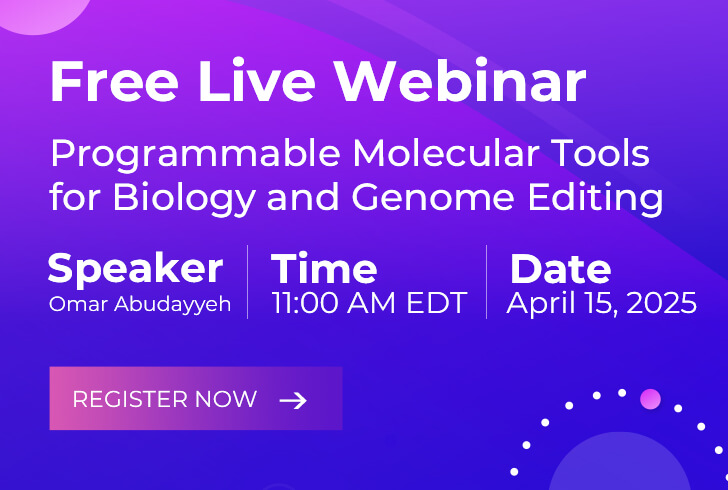X-linked Duchenne Muscular Dystrophy (DMD)
Inquiry NowAdeno-associated virus (AAV) is a non-enveloped virus that can be engineered to deliver DNA to target cells and has attracted a significant amount of attention in gene therapy for hereditary diseases. Creative Biolabs has a wealth of experience and expertise in the AAV field, providing customers with one-stop AAV vector design services to meet their basic research and gene therapy needs.
Introduction of Duchenne Muscular Dystrophy (DMD)
Duchenne muscular dystrophy (DMD) is an X-linked inherited muscle-wasting disease caused by mutations in the dystrophin gene, which encodes a protein that is critical to the stability of myofibers in skeletal and cardiac muscle. DMD primarily affects young boys, with a prevalence between 1:3,500-1:5,000. DMD patients experience progressive muscle deterioration, loss of ambulation, cardiac and respiratory complications, and have a life-threatening disease trajectory. Considering the disease is caused by mutations in a single gene, a very attractive therapy is to replace the diseased gene with a normal gene using gene therapy. Currently, a number of therapeutic strategies including replacing or correcting the missing or nonfunctional dystrophin protein have been devised to correct the pathophysiological consequences induced by dystrophin absence.
AAVs as A Delivery Vector in DMD Gene Therapy
Over the last few decades, tremendous efforts have been made to develop gene-replacement therapy for DMD. AAV gene therapy has resulted in unprecedented clinical success for treating several inherited diseases and therefore AAV is the preferred gene delivery vector for DMD. However, AAV-mediated DMD gene therapy faces several unique challenges due to the enormous size of the pathogenic gene and the distribution of muscle throughout the body. Fortunately, the micro-dystrophin gene and systemic AAV vectors have been proposed to address these two issues respectively.
- Micro-dystrophin gene
The full-length dystrophin gene is 2.6 Mb and can be divided into four major domains, including N-terminal domain (N), rod domain containing 24 spectrin-like repeats (R1 to R24), a cysteine-rich domain (CR) and a C-terminal domain (C), and four hinges (H1 to H4). The dystrophin gene greatly exceeds the 4.7 kb packaging capacity of the AAV vector. The problem was addressed with the development of micro-dystrophin genes smaller than 4 kb. These microgenes comprise the functional N-terminal, CR and C-terminal domains. More than 30 different microgenes have been tested. Among these, △DysM3 is the first synthetic micro-dystrophin and △3990, △R4-23/△-C and μDys5R are three micro-dystrophins currently in use in clinical trials (Figure 2).
- Systemic AAV Micro-dystrophin gene therapy
The next critical achievement in the development of DMD gene therapy is vascular AAV delivery for body-wide therapy. Treating a single muscle or a group of muscles can only improve the function of the treated muscle, but it will not slow down the progression of the disease and will not reduce mortality. Therefore, it is necessary to design AAV to achieve systemic delivery. Currently, systemic delivery has been achieved using a large collection of AAV capsids that are either isolated from nature or engineered in the laboratory. The most commonly used serotypes of AAV in DMD gene therapy are AAV8 and AAV9 since their tissue specificity includes cardiac and skeletal muscle, which are areas affected by DMD. More important, AAV micro-dystrophin gene therapy has ameliorated muscle diseases in murine and canine DMD models. For example, direct injection of the AAV micro-dystrophin vectors to affected dog muscle has ameliorated muscle pathology and enhanced muscle function (Figure 3).
Services
Systemic AAV micro-dystrophin gene therapy may represent a viable approach to treat DMD. Creative Biolabs offers a variety of serotype AAV vectors that can be used to express multiple micro-dystrophin genes, such as △3990, △R4-23/△-C and μDys5R. In order to improve the efficacy of AAV vectors in DMD, we also provide AAV vector production and purification, micro-dystrophin configuration and tissue-specific promoter design services to help customers complete their projects.
Features
- Micro-dystrophin gene comprised of the functional N-terminal, CR and C-terminal domains
- Having muscle-specific promoter, including CK8, MHCK7, miniMCK, and SPc5-12 promoter
- High level and sustained expression of the micro-dystrophin gene
- Systemic delivery of therapeutic genes.
For more details, please contact us and we will be happy to assist you.

